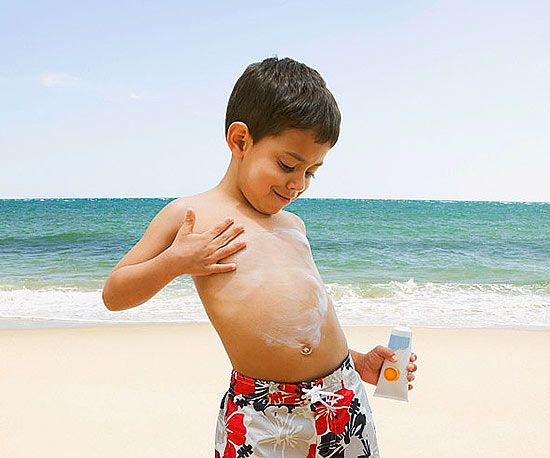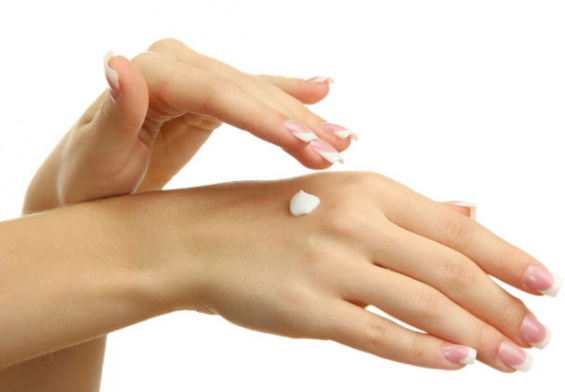With summer fast approaching, there are so many feelings of excitement in the air as everyone prepares for vacations, trips to the beach, and spending quality time with friends and family. Indeed, with sunnier days comes an increase in outdoor activities as people are more inclined to venture outside and enjoy the warmer weather ahead of them. This also means there is an increase in exposure to direct sunlight and in turn, more exposure to harmful ultraviolet (UV) rays. While natural sunlight is undoubtedly important for a healthy dose of Vitamin D, there are still risks involved with overexposure to the sun. Beyond dry, peeling and even blistered skin due to sunburn, there is also the increased risk of developing skin cancer. To avoid such health implications, protect your skin during the summer by following these simple daily health tips for a fun, yet safe summer season.
Use Sunscreen
It is important to use sunscreen on a daily basis to mitigate the risks of exposure to UV rays (sunscreen should be a part of your regular skin care regimen regardless of the weather). SPF or “sun protection factor” is a measure of defense against harsh UV rays. Remember, UV rays are a form of radiation absorbed by the skin. Too much of this radiation literally burns the skin, resulting in painful sunburned skin. Sunscreen can prevent these burns by creating a barrier between the skin and the UV emissions. Additionally, SPF comes in a range of levels including 15, 30 and 50. The higher the SPF number, the greater the level of protection. Regarding proper application, sunscreen should be applied at least 30 minutes prior to leaving your home to ensure your skin has ample time to absorb it. Continue to apply sunscreen throughout the day as its potency will wear off as the day progresses. It is also important to apply sunscreen properly by massaging in liberal amounts of it onto the skin. Do not forget often overlooked areas such as the tops of the ears and bottoms of the feet to ensure a full layer of coverage.
Wear Proper Clothing
As a precaution, wear clothing that fully conceals the skin. Clothing such as long sleeve shirts, pants and wide brimmed hats are great ways to protect your skin from the sun. This is especially true for hats which cover your neck, face and shoulders, all delicate areas that are normally left unprotected during the summer. Dark colored clothing provides an additional layer of protection as it absorbs more UV rays than white or lighter colored clothing. The type of material being worn further impacts how well your skin will be protected from the sun. Tightly woven materials such as cotton and denim are more protective whereas loosely woven materials such as lace or stretchy spandex materials will allow for more UV rays to reach your skin. A good rule of thumb to keep in mind is this: if you can see through the material then the sun’s UV rays have direct access to your skin.
Seek Shade
Lastly, reduce the amount of time you spend in direct sunlight. Reduced exposure to the sun will protect your skin and lessen your chances of UV related skin damage. For example, seek shelter from umbrellas, trees and roofed areas such as porches often. If you must be outside, try to be outside in intervals, giving your skin a break from direct sun exposure where ever possible. Also, do not be fooled by overcast or cloudy days as UV rays are still present and highly potent. Likewise, keep in mind that not all shade is created equally. UV rays can still penetrate windshield glass and windows and can even reflect off of concrete. The best form of shade to seek is the protection of being indoors completely, far away from the sun!
The Bottom Line
While there is no one best way to protect against skin damage from the sun, these three steps are a move in the right direction. Taken together, these three steps will help to increase your chances of protected skin this summer. Your health and well-being are very important. Simply follow these top health tips for a great summer without the worries of skin damage.




